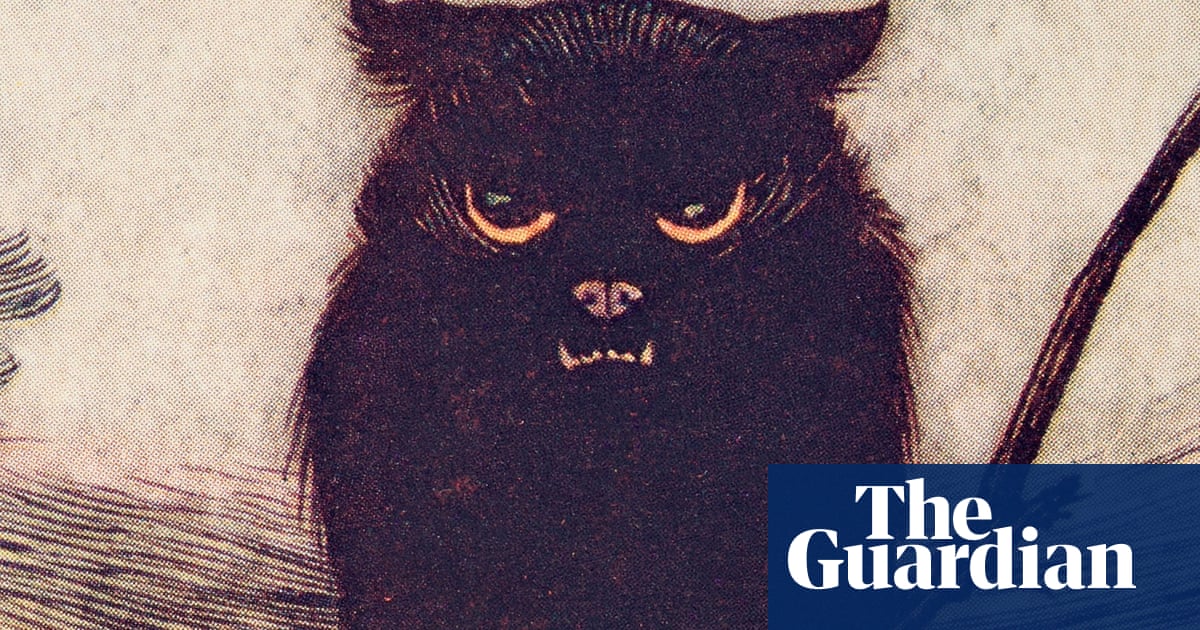Historical Enchantment with Cats
The allure of felines has only grown since Julie Andrews serenaded audiences about cats over six decades ago. Somerset House recently inaugurated an exhibition dedicated to the cultural impact of cats, illustrating their continued relevance in both art and society. This event coincides with an online phenomenon that humorously showcases cats’ playful nature, often depicting them as cheeky disruptors in our daily routines.


Cats as Symbols of Autonomy and Mystery
Beyond their internet fame as quirky disruptors, cats represent a deeper, more complex narrative. They are often seen as embodiments of independence and mystique, traits that are humorously yet poignantly captured in media. Rudyard Kipling’s 1902 work, “The Cat That Walked By Himself,” exemplifies this by describing the cat as a creature of solitary grace, choosing to engage with humans on its own terms rather than out of necessity.
Evolutionary Insights and Societal Reflections
The cat’s resistance to domestication is notably aligned with Darwin’s observations in On the Origin of Species. Unlike other animals shaped by selective breeding to meet human needs, cats have maintained a significant degree of their wild nature, often resisting efforts to be molded into compliant pets. This characteristic was particularly troubling to Victorian society, which, amidst social turmoil and declining fertility rates, saw the cat’s prolific nature as both a symbol and a source of societal anxiety.
Felines in Art and Resistance Movements
In artistic and literary circles, the cat emerged as a symbol of resistance and nonconformity. Notable figures like Edouard Manet incorporated cats into their works as a challenge to traditional artistic norms, while avant-garde communities prized cats for their ability to embody personal and philosophical freedom. The cat’s independent streak made it an icon for movements and groups that valued these qualities, such as the Industrial Workers of the World, who adopted the cat in their insignia to signify their defiance against coercive labor practices.
Cultural Impact and Personal Significance
Throughout history, cats have continued to inspire and symbolize the spirit of independence and defiance against the conventional. They remain cultural icons and muses, from the sleek depiction of Catwoman in DC Comics to real-life stories like Freddie Mercury’s affectionate tributes to his cats. These narratives celebrate the cat as a beacon of personal freedom and self-determination, echoing a broader human desire to define one’s path free from societal constraints.
This deep-seated respect for the cat’s enigmatic and autonomous nature not only enriches our understanding of these beloved creatures but also encourages us to appreciate their unique role in our lives and cultures. As we continue to explore and celebrate the multifaceted personalities of cats, we find in them a mirror of our own quests for independence and self-expression.
